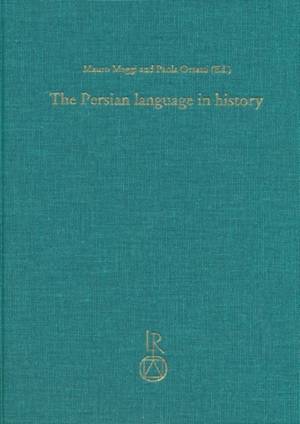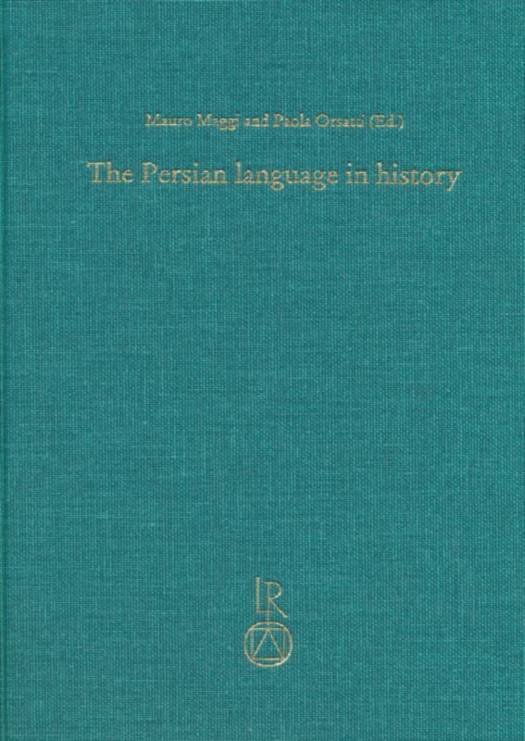
- Retrait gratuit dans votre magasin Club
- 7.000.000 titres dans notre catalogue
- Payer en toute sécurité
- Toujours un magasin près de chez vous
- Retrait gratuit dans votre magasin Club
- 7.000.0000 titres dans notre catalogue
- Payer en toute sécurité
- Toujours un magasin près de chez vous
The Persian Language in History
164,45 €
+ 328 points
Description
The volume - of interest to students of Persian, Iranian philology, and comparative and general linguistics - contains fourteen papers that cover a diversity of themes relating to the history of the Persian language, including Middle Persian. Editions of so far unpublished texts and new language materials are also included. In Part I (Historical and descriptive grammar of Persian), Claudia A. Ciancaglini traces the formation of the periphrastic verbs of the "noun + kardan" type back to Indo-Iranian and suggests that such verbs in neighbouring non-Iranian languages are due to the influence of Persian and other Iranian languages; Judith Josephson surveys the devices developed in Middle Persian to convey various degrees of definiteness and deixis; Paola Orsatti recognises a deictic suffix -i in New Persian and documents its history in early and classical texts; and Gilbert Lazard provides a theoretical reference frame for the problem whether New Persian has one or more postnominal suffixes -i. In Part II (Middle Persian), Desmond Durkin-Meisterernst surveys the history of research on the Manichaean Middle Persian texts from Turfan; and Hassan Rezai Baghbidi offers a new edition and translation of the Middle Persian and Chinese inscription from Xi'an. In Part III (Non-standard New Persian), Elio Provasi provides an edition with translation, commentary, and glossary of seven unpublished New Persian fragments in Manichaean script from Turfan; Ela Filippone studies the language and translation techniques of the early dialectal translation of the so-called "Qor'an-e Qods"; David N. MacKenzie's unpublished index to the "Early Jewish-Persian argument" published by him in 1968 appears here posthumously; and Mauro Maggi and Paola Orsatti publish and translate two Persian hymns in Syriac script from manuscripts in the Mingana Collection. In Part IV (Literary New Persian), Mohammad Hasandust identifies and provides with an etymology eight words occurring in literary sources but so far ignored by Persian lexicography, and Riccardo Zipoli publishes a sample of a dictionary of obscene terms that, once completed, will assist in the study of texts tabooed on account of their vocabulary. In Part V (Dialectology), Gerardo Barbera offers an thorough presentation of the Minabi lexicon relating to the palm in comparison with other dialects of the area and with Persian, while Daniele Guizzo deals with Talesi terms for celestial bodies and weather phenomena and studies their position relative to neighbouring languages.
Spécifications
Parties prenantes
- Editeur:
Contenu
- Nombre de pages :
- 364
- Langue:
- Anglais
- Collection :
- Tome:
- n° 33
Caractéristiques
- EAN:
- 9783895006913
- Date de parution :
- 25-08-11
- Format:
- Livre relié
- Format numérique:
- Genaaid
- Dimensions :
- 180 mm x 244 mm
- Poids :
- 748 g

Les avis
Nous publions uniquement les avis qui respectent les conditions requises. Consultez nos conditions pour les avis.





